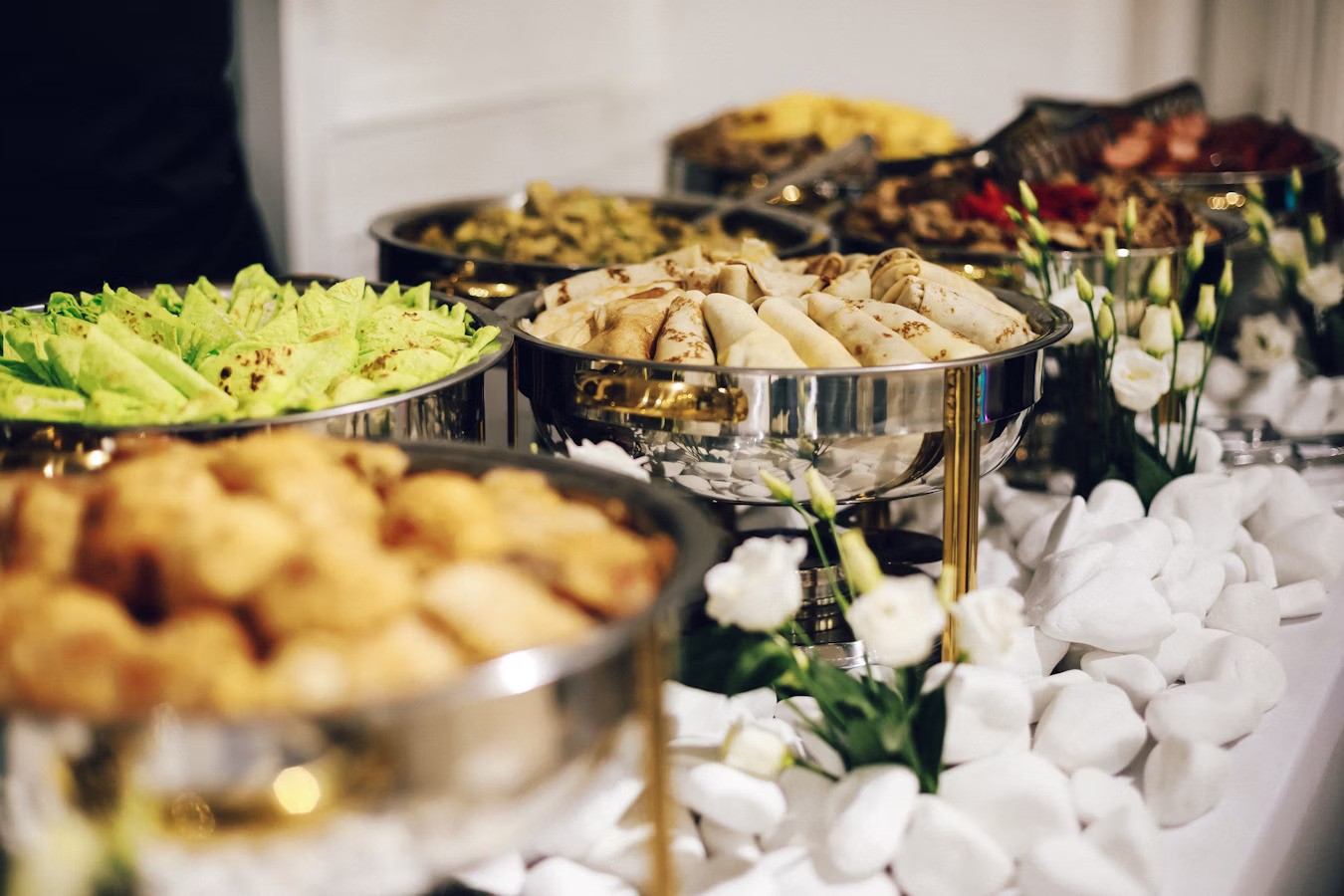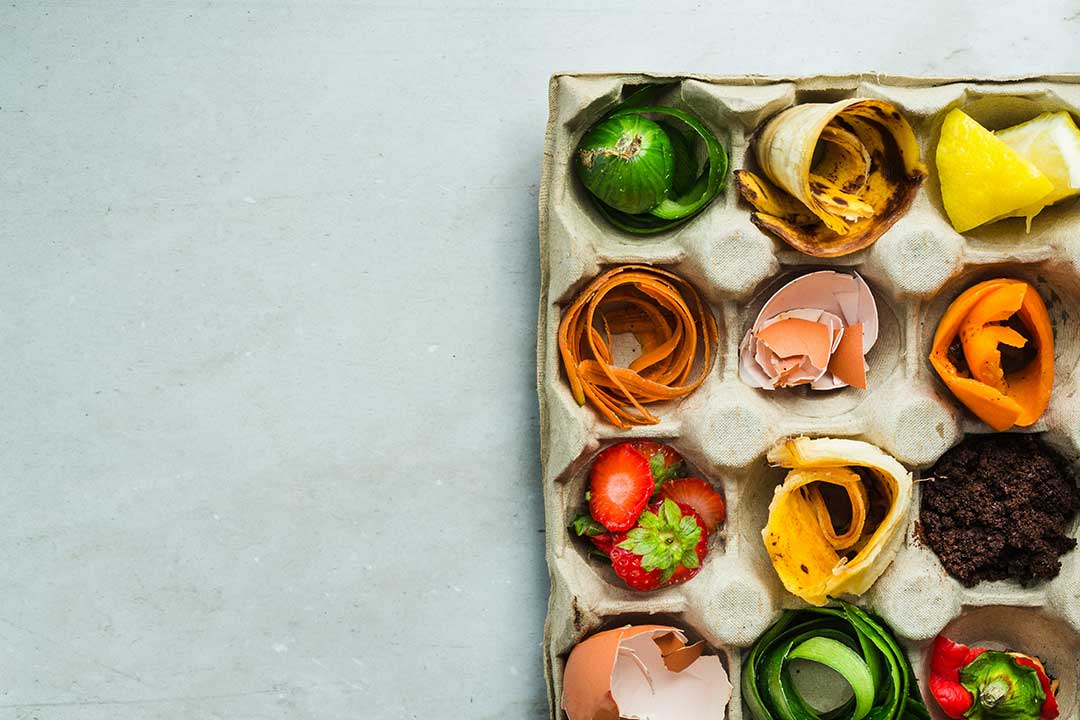Beyond the Bin: Practical Strategies for Reducing Food Waste in Professional Kitchens
Food waste isn’t just a sustainability issue—it’s a cost issue, a labour issue, and, increasingly, a reputation issue. In a professional kitchen, where margins are tight and expectations high, waste is the one thing you can’t afford to plate up.
But waste reduction isn’t about compost bins and good intentions. It’s about better systems, smarter prep, and more conscious design across every aspect of kitchen operations. Whether you’re running a bistro, a multi-site catering operation, or a fine dining service, the principles remain the same: use more of what you buy, waste less of what you prep, and build a kitchen that supports both.
Here’s a practical, chef-first approach to reducing food waste without compromising on quality, creativity, or consistency. We also provide a waste log guide here.
1. Know What You’re Wasting—and Why
Most food waste strategies fail because they’re based on vague intentions, not real data.
Start by tracking. For one week, have your team log what’s being thrown out and why: offcuts, spoilage, over-prepped portions, or items left uneaten on plates. You don’t need fancy software—just a clipboard, honesty, and consistency.
Look for patterns:
-
Are you over-ordering certain perishables?
-
Are prep stations trimming away usable product?
-
Are certain dishes routinely over-portioned?
Once you’ve got visibility, you’ve got leverage. You can’t manage what you don’t measure.
Kitchen tip: Keep a labelled container or bucket at each station during prep and service. It’s a simple, visual way to raise awareness—and you’ll often find staff self-correcting habits within days.
2. Use the Whole Ingredient—Not Just the Prime Cut
Chefs are naturally resourceful. But modern menus often rely heavily on “perfect” cuts or premium produce, with the rest of the ingredient left behind.
Here’s where creativity pays off:
-
Turn veg peelings and trimmings into stocks, oils, or purees.
-
Use offcuts from meat or fish for bar snacks, staff meals, or tasting plates.
-
Repurpose surplus herbs in compound butters or infused oils.
Smart gear move: High-quality vacuum containers, gastronorms, and cold prep storage from Spiteri Catering can make it easier to store and label offcuts, broths, or prepped garnishes—so they’re actually used, not forgotten at the back of the walk-in.
The mindset shift? Treat every ingredient as a multiple-income asset. Broccoli stems and beet leaves are food—not food waste.
3. Menu Design: Simplicity that Scales
Your menu is the engine of your kitchen’s waste—or its reduction. Dishes that require obscure ingredients or one-off garnishes often create excess that doesn’t get reused.
Design with efficiency in mind:
-
Use shared ingredients across multiple dishes to ensure turnover.
-
Rotate specials based on surplus or at-risk stock.
-
Offer a 'waste not' dish or staff meal that puts surplus to use creatively.
Example: Roasted squash leftover from mains? Rework it into a soup or a hummus-style dip for the following day’s lunch menu.
Keep the menu agile. If your kitchen has solid prep discipline and flexible mise en place, daily tweaks won’t feel like chaos—they’ll feel like craftsmanship.
4. Portion Control Without Compromise
Large portions don’t automatically equal value—especially when half the plate comes back untouched. Waste at the customer level often says more about portion design than diner appetite.
Solutions that work:
-
Use standardised serving utensils and plating guides during service.
-
Trial reduced portion sizes on low-risk dishes, and gauge customer feedback.
-
Offer optional up-sells (e.g. double protein, extra side) instead of defaulting to “more is more.”
Tip for service kitchens: Using consistent plating tools—ramekins, scoops, ladles—reduces guesswork. Spiteri Catering offers a full range of portioning equipment that helps reinforce consistency across teams, even during busy services.
5. Store Smarter, Not Just Longer
How you store your food determines how long it lasts—and whether it ever gets used.
Key best practices:
-
Label everything with prep dates and expiry windows.
-
Invest in quality airtight containers and dry goods dispensers.
-
Use FIFO (First In, First Out) religiously.
-
Schedule regular walk-in audits—not just for hygiene, but for stock rotation and space optimisation.
Subtle upgrade: Clear, stackable containers and shelf risers from Spiteri Catering help staff see what’s available at a glance, reduce time spent searching, and cut down on forgotten ingredients.
Storage might not be sexy—but it's one of the easiest ways to stop waste before it happens.
6. Communicate Like a Team, Not a Line
Kitchen culture plays a massive role in waste reduction. If your staff don’t feel ownership over the process, they’ll default to old habits. Build a mindset of stewardship—not just speed.
Simple ideas that work:
-
Brief waste-reduction goals during pre-service meetings.
-
Share weekly progress or wins ("We saved 4kg of carrots this week—reused in soups and sauces").
-
Rotate responsibility for surplus management or fridge audits.
Leadership thought: Make waste awareness part of the craft. If junior staff learn how to break down a whole fish or preserve herbs properly, you're training better chefs—not just more efficient workers.
7. When Waste is Inevitable—Divert It
Even the best kitchens will generate some waste. The goal isn’t perfection—it’s reduction. But what can’t be served or reused shouldn’t automatically go to landfill.
Explore:
-
Partnering with local farms for composting.
-
Connecting with food redistribution organisations for safe surplus donation.
-
Using anaerobic digestion services for large-volume waste.
These systems take time to set up, but once embedded, they can become a standard part of your kitchen’s waste pipeline.
Note: Make sure your cold storage and transport containers meet health and safety requirements for donation or redistribution—another area where durable catering gear from Spiteri can support logistics.
Closing Thoughts: Waste Less, Save More, Cook Better
Food waste isn’t inevitable—it’s a design problem. And in professional kitchens, design is something we control: how we order, prep, cook, portion, and communicate.
The payoff? Lower costs. Better margins. Stronger team culture. And a kitchen that feels more purposeful at every level.
You don’t need to overhaul your entire operation. Often, it starts with sharper systems, better storage, and a collective mindset shift. Over time, small savings compound into major results.
If you're ready to take your sustainability efforts a step further, the simplest place to start is with visibility. Tracking what’s being wasted—and why—is key to making real, measurable changes. We’ve created a practical, chef-friendly waste log template to help you do just that. It’s free to download and easy to implement. Learn more in our guide: The Power of a Waste Log: How Tracking Food Waste Can Transform Your Kitchen.
And when you need practical tools to support that shift—whether it’s for smart portioning, flexible storage, or streamlined prep—Spiteri Catering stocks the kind of equipment that quietly makes a difference where it matters most: on the kitchen floor.


